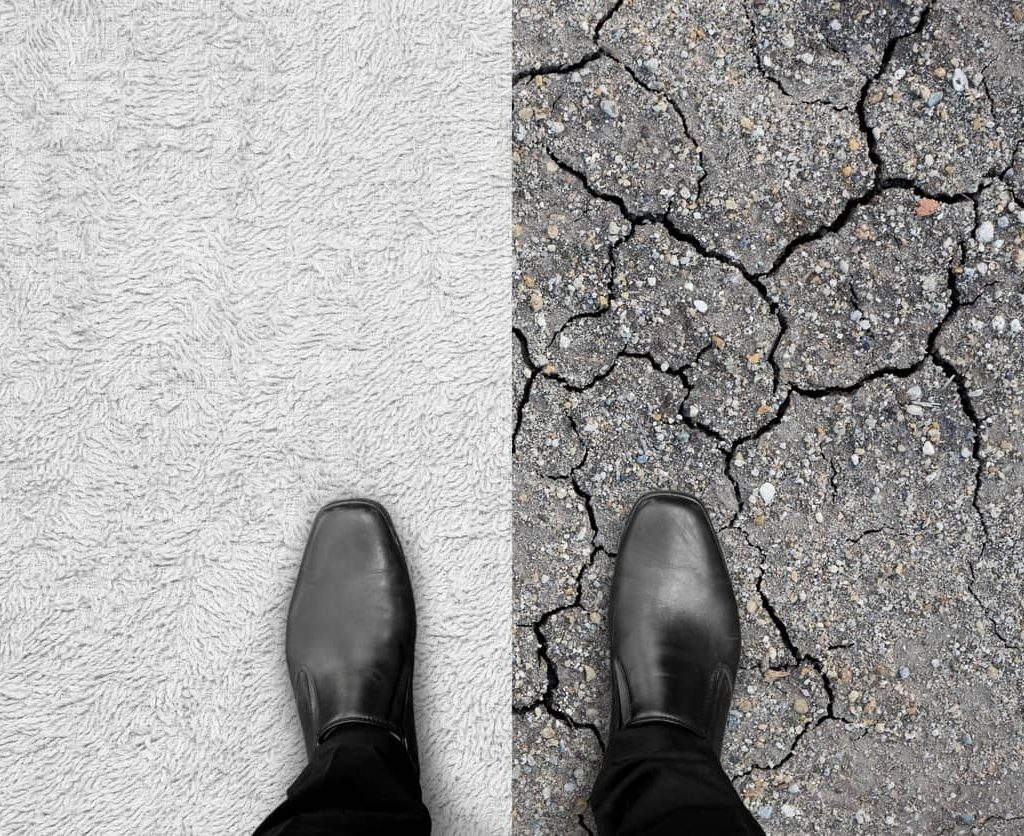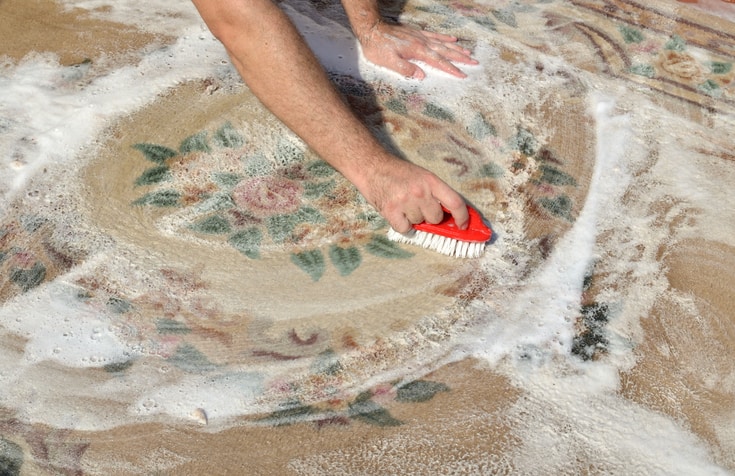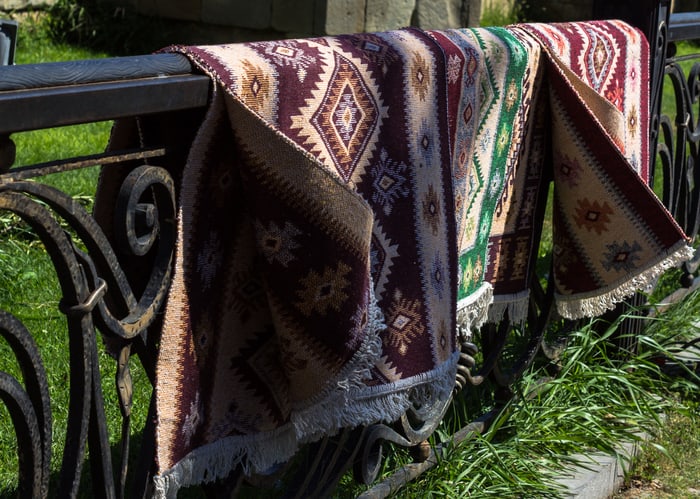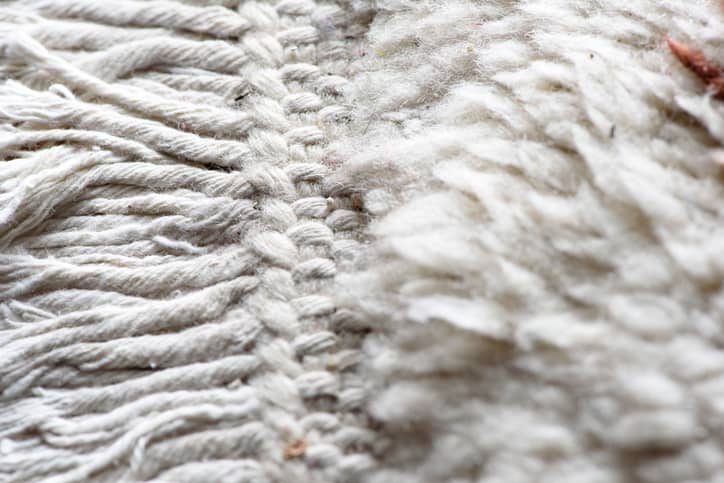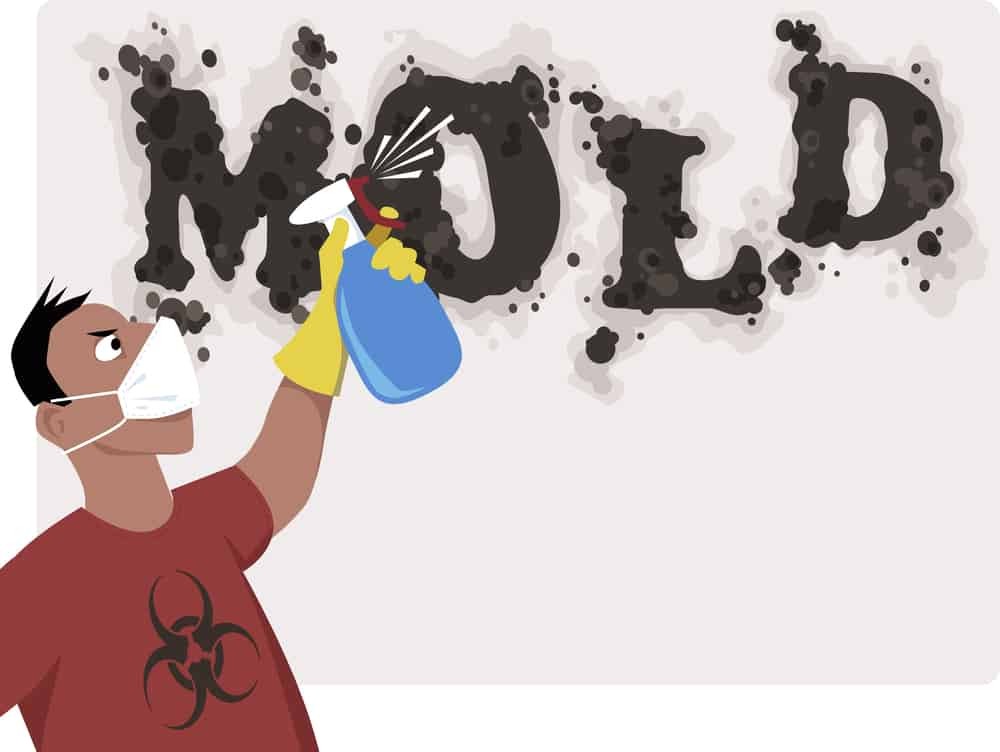We may be too far away from the fire season, but you know what people say: Better safe than sorry! So, this month we will be dealing with damage done to rugs and carpets from smoke, soot, and floods. Unfortunately, many fellow Canadians see their homes burn down from fires every year. And, those that manage to save their properties find themselves with a total mess. The terrible acrid odor of burnt plastics and metals, the ashes that cover the entire house from floor to ceiling, the heavy smoke that can go airborne throughout the country if the winds are strong at that time, are just some of the problems they are called to address.
Among the first steps need to be taken, if no direct fire structural damage is done, is to clean away the small fire particles that overwhelm the home and cause the foul odor, and plan for carpet and rug cleaning. We are here to help with the second issue, so let’s get started.
Saving Rugs After a Fire
1. Dealing with Moderate Smoke Odor
This is the easiest case. Most of the times, a standard wash is all it takes to resolve the smoke issue. The small particulates that carry the odor with them find themselves a loving home on the fibers of your rugs. A good wash followed by regular vacuuming will get rid of them once and for all. The key is to act as quickly as possible because the longer the residue and ash stay on the rug’s fibers, the more damage is done, and you may end up having to deal with discolourations too.
2. Dealing with Heavier Fire Damage
As you can understand, extra care is required in this case. Rugs with heavy fire damage need to be deodorised. So, besides a regular wash, make sure you seek professional advice as per how to remove the odor source. This is particularly necessary for wool, cotton or silk rugs (in short, all rugs with natural fibers). There are solutions in the market that have been specifically formulated to treat odor issues.
Now, wool is known to be self-extinguishing. This means that it has high levels of moisture in its fibers that fire probably won’t cause any serious problems. Most of the times, at least. That’s why you see wool rugs in hotels and cotton-made items in airplanes. But, if damage is done by, say, burning embers, you might need to be strong and be prepared for the case you won’t be able to save your rug after all. If the damage is too extensive, there is probably not much you (or anybody else) can do. But, before you throw your rug away, contact a rug cleaning company and see if professional care can help reweave or re-knot your precious rug.
Saving Rugs After a Flood
Another totally unexpected situation many people find themselves in is a flood. A devastating event that raises feelings of helplessness and despair if the damage done is too extensive. Among the things affected by a flood are your flooring and rugs.
The extremes of too much moisture on a rug can lead to fiber deterioration. The major causes of this problem are leaks (maybe a pipe or even plants), lack of evaporation (perhaps you have layered a wool rug with a plastic mat), high humidity, pet urine, and floods. All that can result in the worst type of damage a rug could get: Dry rot. If the rug gets to the stage of dry rot, it is too late to do anything. You can deal with mold and mildew effectively, as long as you get things done early. But if the situation escalates to dry rot, the game is lost.
What is Dry Rot?
When a rug has dry rot, it means that its foundation fibers have been severely deteriorated. This happens mainly to cotton rugs, but also silk, jute, and wool. If it goes too far, dry rot will cause the complete destruction of the rug, and a total loss of its structural integrity. You will try to lift the rug and it will just fall apart within your fingers. This is why it is hugely important to see what you can do with your rugs if you have experienced a flood or leak that has affected them.
First Aids for Immediate Care
First of all, try to remove as much of the excess moisture as possible. You may use dry, clean towels or paper or even a carpet water extractor. If you have a backyard or balcony, it is a good idea to lay the rug outside on a warm day so that it dries out (not in direct sunlight, though, as it will cause the colours to fade). Or you could place it on your basement floor (if elevated somehow, even better – try placing it on top of crates or cinder blocks) and turn on the air-conditioner or a fan. Make sure the place is ventilated, so moisture is not trapped inside. If there is a window, open it to allow the air inside the basement to circulate.
If Damage is Already Done
If the rug already has mold or mildew, you will have to disinfect or sanitise it using the proper solution per case. This will stop the damage from spreading. However, you should research thoroughly as to which product to use; otherwise, you may do more damage than good. This is why it is best to let a professional rug cleaner handle this problem for you. They will use the right solutions to either restore the damage if that’s possible or lessen the symptoms of dry rot (i.e. cracking). If the rug is stiff due to mildew damage or it’s also become brittle with age, they will probably use petroleum-based products, keratin solutions or denatured alcohol to help soften the fibers of your rug, be it cotton, silk or wool. Or course, don’t expect to initiate a regeneration process with the use of such products; you just make a vital injection to the rug so that it lasts a few more years and looks the best it can.
Dry Rot on the Fringe
Cleaning tassels should be done with caution because if dry rot has affected the fringe, even the most gentle scrubbing can make the whole fringe fall apart. Instead of going through a nail-biting scrub, it’s best to have a new fringe placed by a professional rug cleaner, who will place the new one on top of the damaged tassels. That way, you get to protect the weak tassels from more damage. Plus, you help keep the rug from unraveling, which is what would happen without a fringe.
Final Tips:
- To avoid dry rot issues, make sure you rinse well after you give your rug a good wash to avoid drying the fibers.
- Avoid using peroxides or bleaches to wash your rug. They will cause chemical damage and weaken/deteriorate the fibers of your rug, especially cotton fringes.
- Check the back of your rug from time to time to spot any mold activity. This is where such damage is more noticeable.
- Always check whether the plants you have just watered leak. Potted plant damage is nasty, and dry rot (if left unattended for long) will show as black areas in the rug that will make it look as if it is burnt.
- Other sources that can cause mold issues are slab leaks and water coolers so keep an eye on them too.
- If the cotton of the tassels pulls away easily or snaps off with little effort, then your rug’s cotton has been weakened due to age or mold problems. This requires extra care when cleaning your rug.
- Avoid placing plastic covers over wool rugs. With mathematical accuracy, you will have mildew issues in the future. Now, if you roll a chair over these covers, you will also cause little holes into the fibers due to the pressure applied which forces the underside of the mats to rub with the rug.
- When storing a rug, wrap it in paper, rather than plastic, especially if you need to keep them away for a long time. In any other case, you may have a foul mildew/musty smell when you unwrap it.
Every rug has a story to it. Whether it is a bring-back-home gift after a great trip you have been planning for a long time or a dream come true, keeping the memory alive for as long as possible is precious, especially when amidst an unhappy experience, such as a flood or fire.
And, if you need any help along the way regarding restoring your rug or bringing it back to life, we are always a call away!

